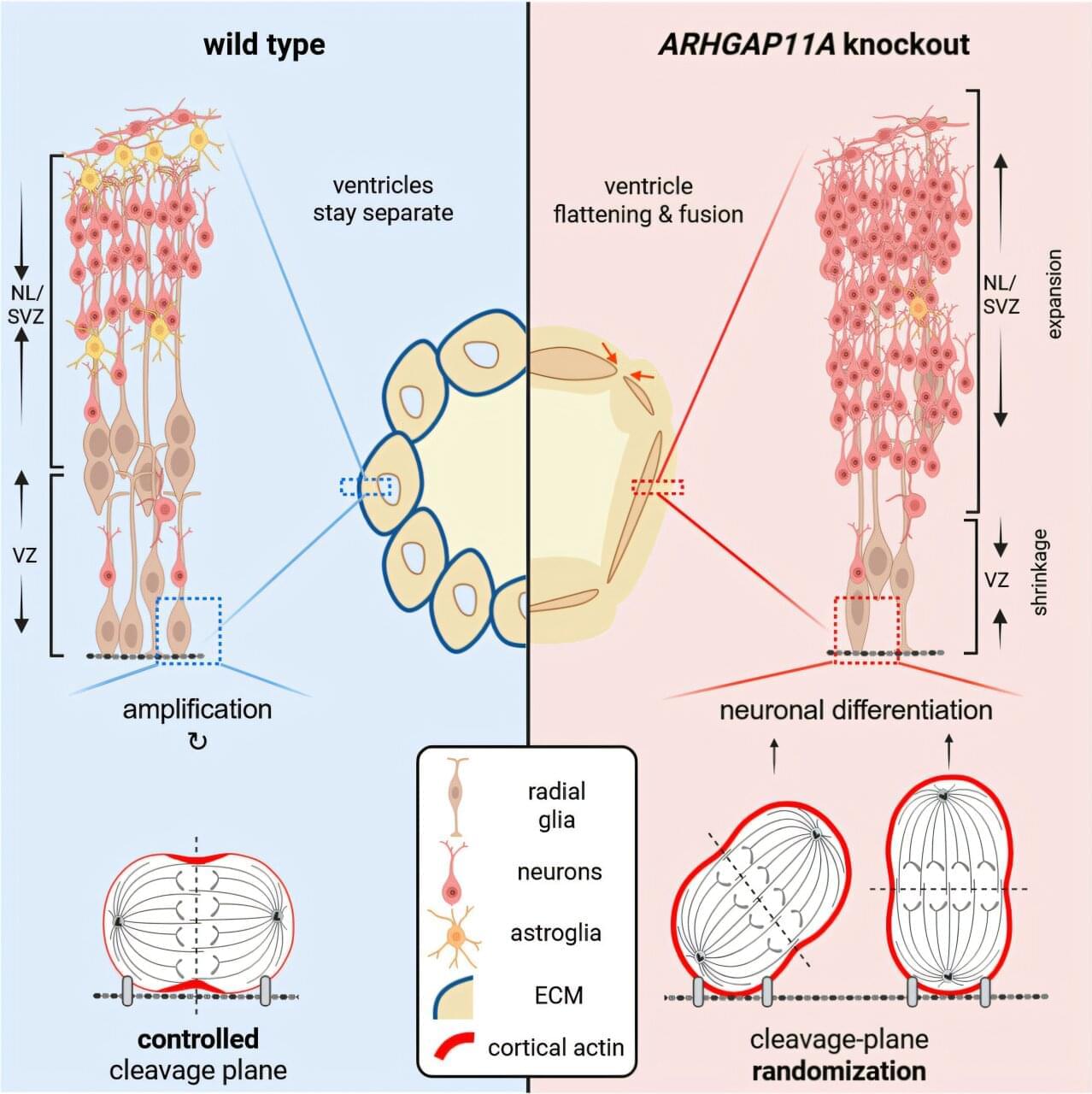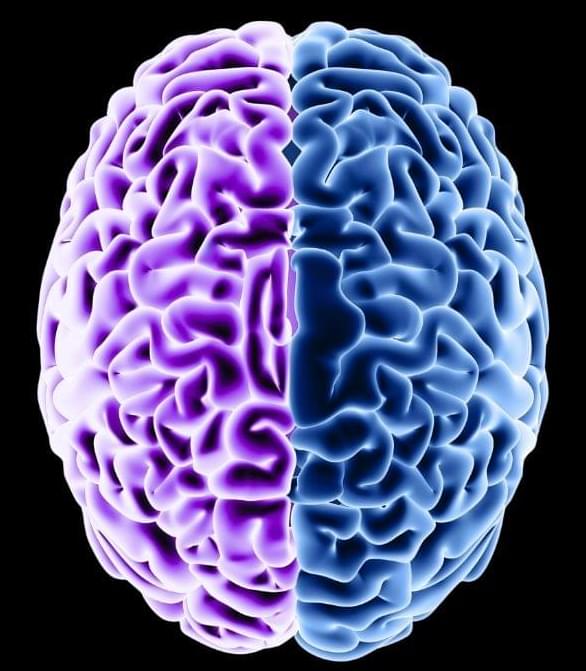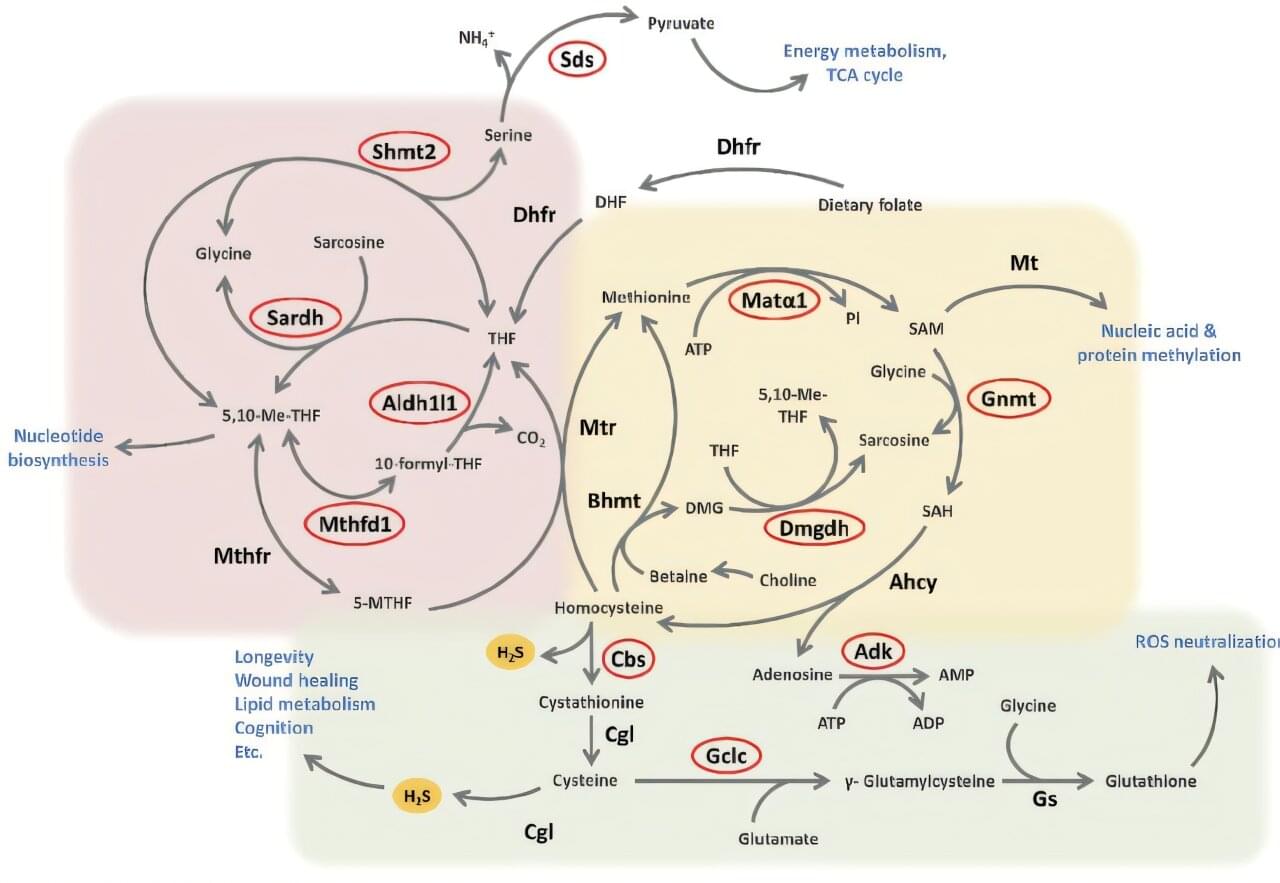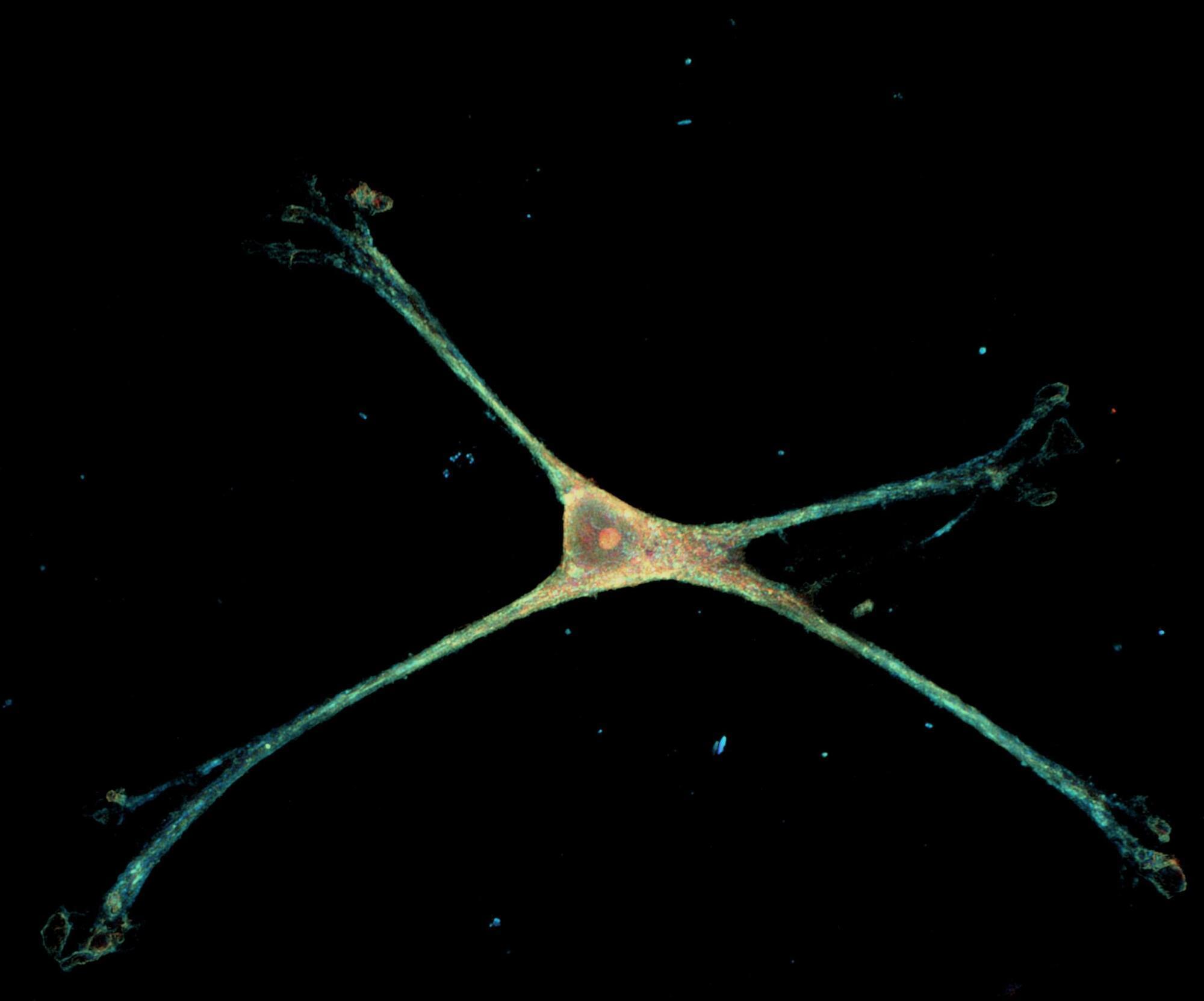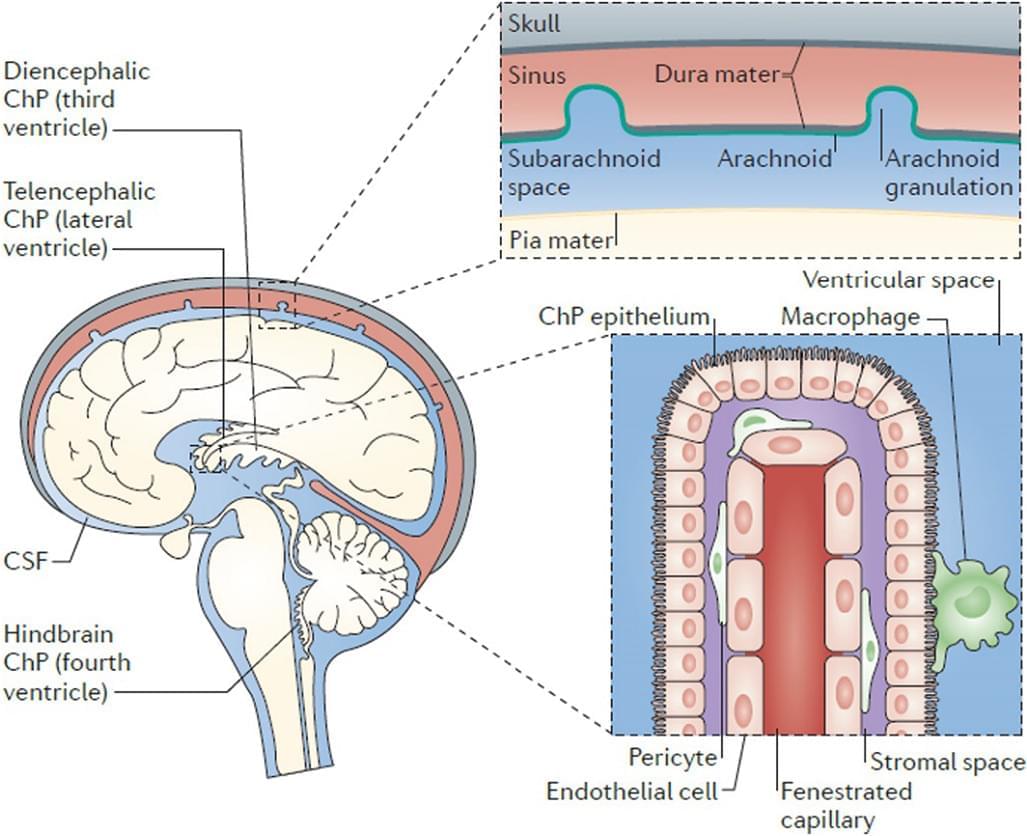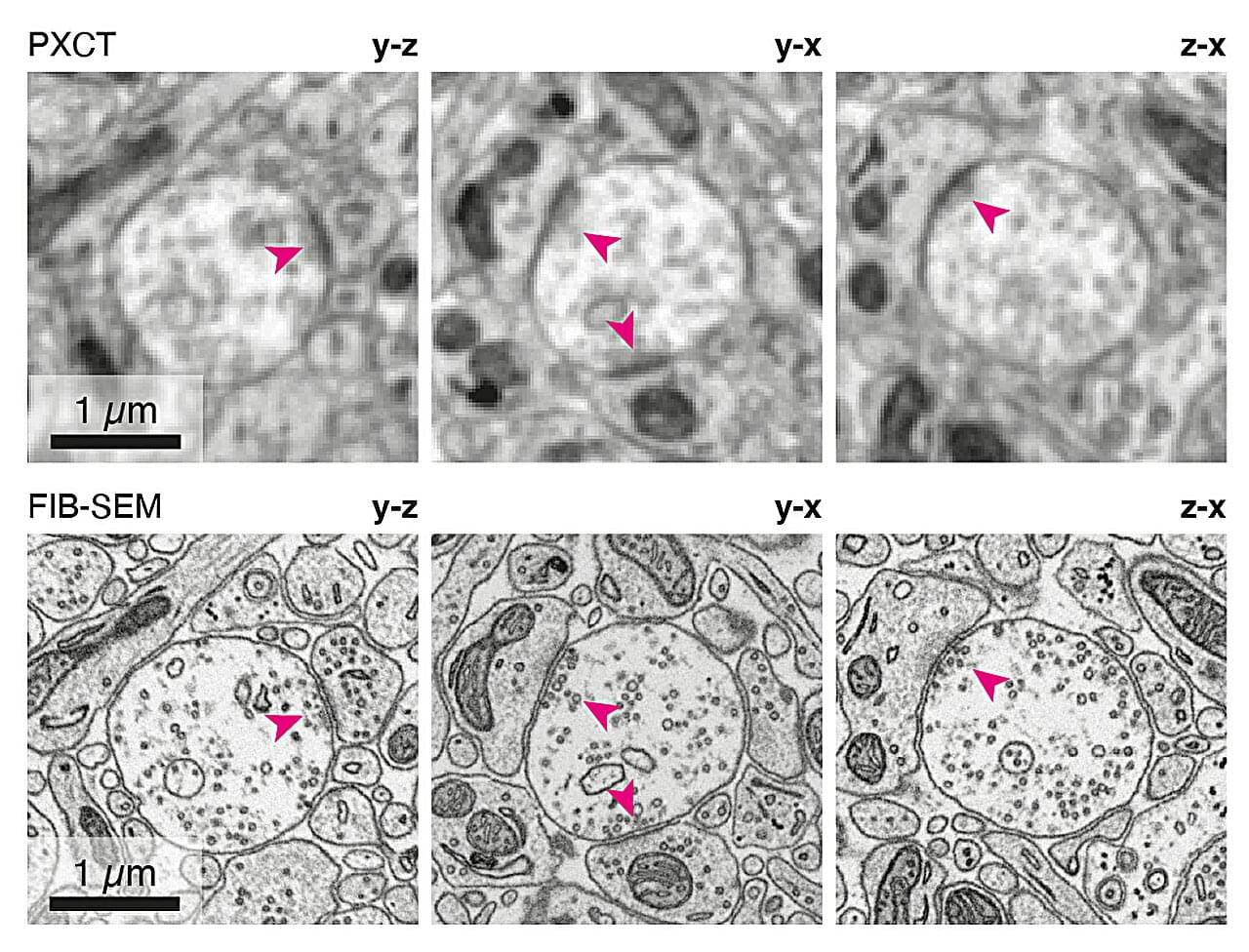Researchers around the world are studying how the human brain achieves its extraordinary complexity. A team at the Central Institute of Mental Health in Mannheim and the German Primate Center—Leibniz Institute for Primate Research in Göttingen has now used organoids to show that the ARHGAP11A gene plays a crucial role in brain development. If this gene is missing, key processes involved in cell division and structure become unbalanced.
The human brain distinguishes us from other living beings like no other organ. It enables language, abstract thinking, complex social behavior, and culture. But how can this extraordinarily powerful organ develop, and how is it ensured that nerve cells and supporting cells form in exactly the right places to create the complexity of the human brain?
A team led by Dr. Julia Ladewig at the Central Institute of Mental Health (CIMH) in Mannheim and Dr. Michael Heide at the German Primate Center (DPZ) in Göttingen has investigated this question at the molecular level.
